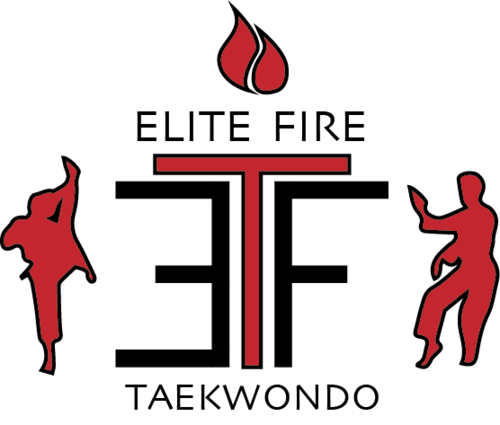Taekwondo Forms: The Pattern of Self-Defense
Many people think of Taekwondo as “the martial art of kicking.” It’s true—our kicks are powerful, fast, and famous around the world. In sparring especially, kicks are often the focus. But here’s what many martial artists and parents don’t realize: Taekwondo is not just about the legs.
When you look at forms (poomsae)—the traditional patterns of movement—you’ll quickly see that Taekwondo uses hands just as much as feet. Every block, strike, and motion has a purpose. In fact, one of our advanced forms (Form #10) doesn’t include a single kick! That’s how important hand techniques are in Taekwondo.
Forms as Practical Self-Defense
Poomsae is not choreography—it’s self-defense put into patterns.
- Low blocks defend against kicks.
- Middle punches deliver counterstrikes.
- Knife-hand blocks and turns redirect an opponent’s power.
When you train forms with the right instruction, you learn not just the movements but the applications behind them. That’s where students discover Taekwondo as a complete martial art—not just kicking, but striking, blocking, controlling, and defending.
Hands vs. Feet: The Balance
Yes, sparring emphasizes kicks because they score higher and demonstrate distance, speed, and power. But in forms, hands take center stage. Students spend more time practicing blocks, strikes, and open-hand techniques than kicks.
This balance reminds us that Taekwondo is about the whole body working together. The hands and the feet support each other—one defends, the other attacks, both creating a rhythm of action and control.
Focus, Coordination, and Control
Beyond self-defense, poomsae develops:
- Focus – remembering sequences and applying techniques with intent.
- Coordination – training hands, feet, and eyes to move together.
- Control – balancing power with precision.
For kids, this builds discipline and better concentration. For adults, it sharpens awareness and mental clarity.
Confidence Through Mastery
Every new belt introduces a new form, and each form becomes more complex. At first, students struggle—missing steps, losing rhythm. But over time, the movements click. The flow improves. The power grows.
By black belt, students aren’t just memorizing—they’re expressing. Each form is proof of years of growth, discipline, and perseverance.
Why Poomsae Matters at Elite Fire Taekwondo
At Elite Fire Taekwondo, we teach forms not as a “checklist” for testing, but as a living pattern of self-defense. They remind students that Taekwondo is more than high kicks—it’s a complete martial art where hands and feet work in harmony.
When our students perform poomsae, they aren’t just showing movements. They’re showing confidence, focus, and the real depth of Taekwondo.

